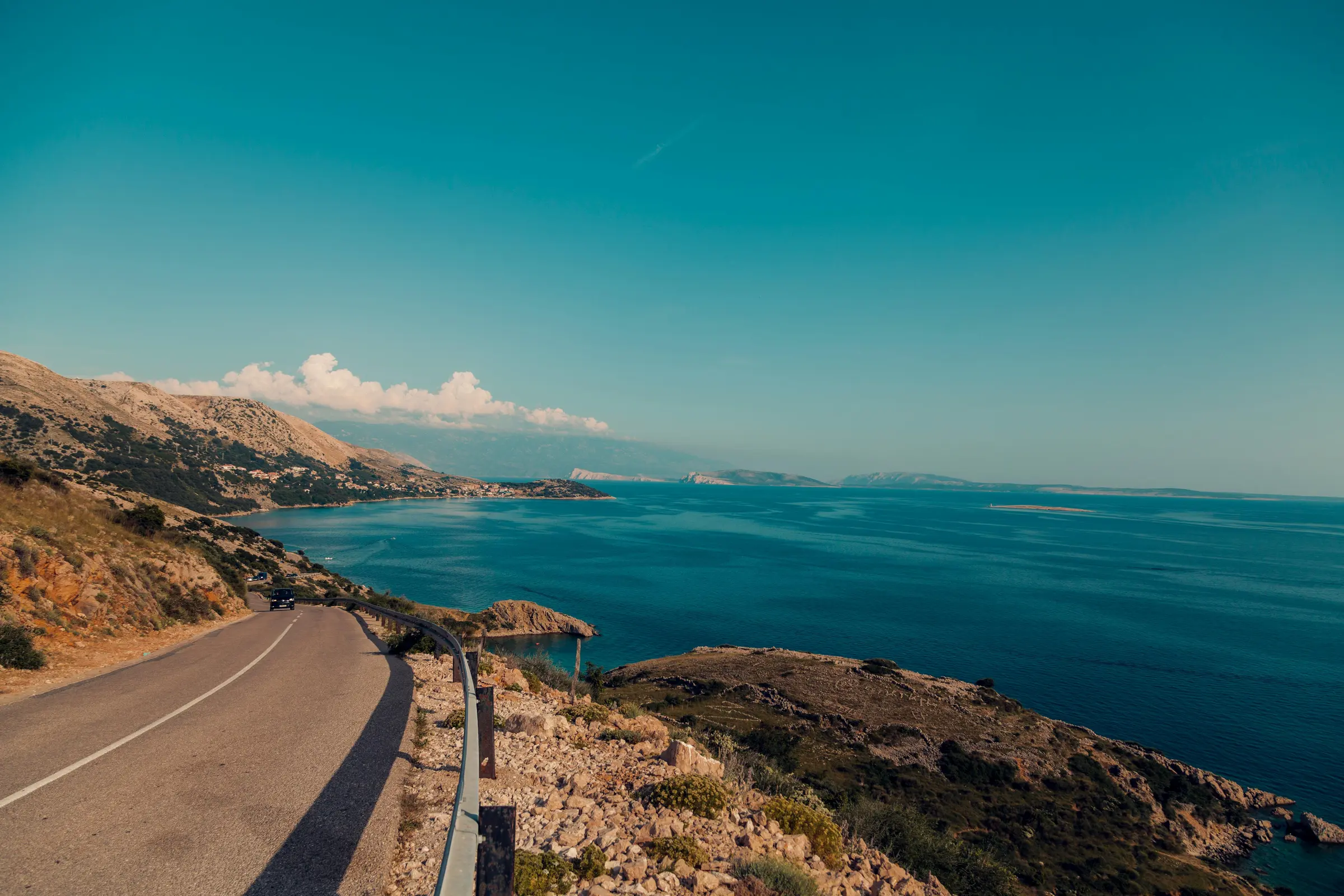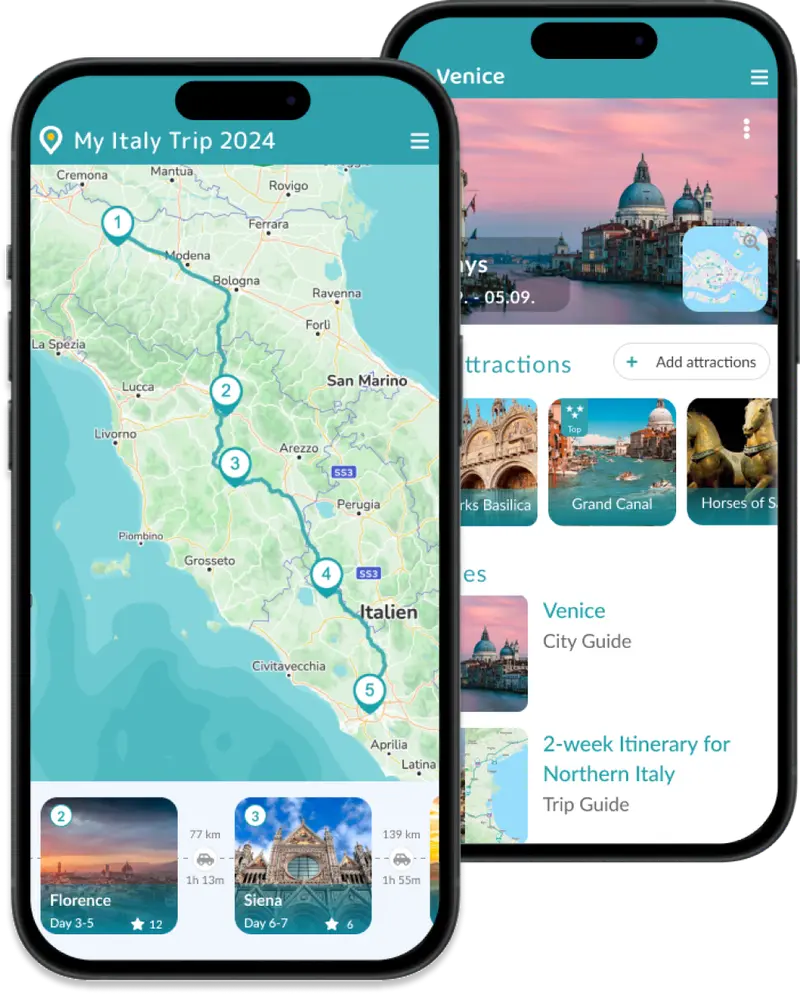Milan, the capital of Italy’s Lombardy region, is a vibrant and cosmopolitan city with a population of approximately 1.4 million people. Renowned as a global fashion and design capital, Milan is home to prestigious fashion houses, luxury boutiques, and iconic landmarks such as the and .
Wander through the , where luxury shops and chic cafés beckon you to linger, or experience an unforgettable opera performance at the world-renowned . Milan is a place where traditional beauty meets modern innovation, enchanting visitors from around the globe with its vibrant atmosphere and unmatched elegance.
Top Highlights of Milan










Travel Information
Best time to visit
Spring & Autumn are the perfect seasons for a visit to Milan. May and September bring pleasantly warm weather, perfect for exploring the city. During these times, mild temperatures prevail, with daytime temperatures reaching summery levels, and a noticeable cool-off at night.
Summer: The average temperature can rise up to 32°C (90°F), though be prepared for possible brief showers. It's not the best time for a city trip. However, many visitors stay for one or two days before going to the great Italian Lakes.
Winter months reveal Milan's proximity to the Alps with cooler temperatures and occasional precipitation. While it can get cold, the days are often frost-free, and the city offers a unique atmosphere, especially during the Christmas season.
By the way, it is a good idea to check the calendar for any major events or festivals in Milan during your planned visit. On the one hand, hotel prices can increase, but on the other hand, you might be interested in some of them.
How to get to Milan
By plane
Milan is well connected with three main airports: Malpensa, Linate, and Milan Bergamo Airport (Orio al Serio). Malpensa serves as the main hub for intercontinental flights, while Linate and Bergamo mainly handle European and domestic flights. Most budget airlines land in Bergamo.
By Train
Thanks to the centrally located Milano Centrale railway station, one of the largest in Europe, Milan is easily accessible by train. High-speed trains link Milan with all major Italian cities and Europe.
By Car
Milan can be easily reached via the A1, A4, and A7 highways. However, finding parking in the city can be challenging. It's best to park in a covered parking garage outside the city center.
Fancy a roadtrip?
Be inspired by our hand-picked road trips.

History
Milan's history is woven from the threads of multiple civilizations, each leaving a distinct mark on the city's cultural and architectural heritage. Founded around 590 BC by Celtic tribes, specifically the Insubres within the Golasecca culture, Milan was originally known as Medhelanon.
In 222 BC it was conquered by the Romans and renamed Mediolanum. This period marked the beginning of its prominence, as Milan became a pivotal administrative center under the Roman Empire, especially after Emperor Diocletian designated it as the capital of the Western Roman Empire's half, ruled by Maximian. The Edict of Milan in 313 AD, issued by Emperors Constantine and Licinius, heralded a new era of religious freedom by ending the persecution of Christians, firmly etching the city into the annals of Christian history .
The Middle Ages saw Milan navigating through a period of political strife and factional wars, most notably between the Guelphs and the Ghibellines. The city's strategic importance continued under the Visconti and Sforza families, who played crucial roles in its development during the Renaissance, bolstering Milan's status as a leading cultural and military power in Italy. Notably, the Duchy of Milan was established in 1395, further elevating the city's stature.
Throughout the centuries, Milan endured under the dominion of various foreign powers, including the Spanish and Austrians, before becoming part of the unified Kingdom of Italy in 1861. This period catalyzed its transformation into the country's economic powerhouse. The status was further solidified during the post-World War II economic boom. Despite the devastation wrought by the bombings of World War II, Milan's indomitable spirit ensured its resurgence as a global fashion and financial capital, a testament to its enduring legacy and cultural significance.




